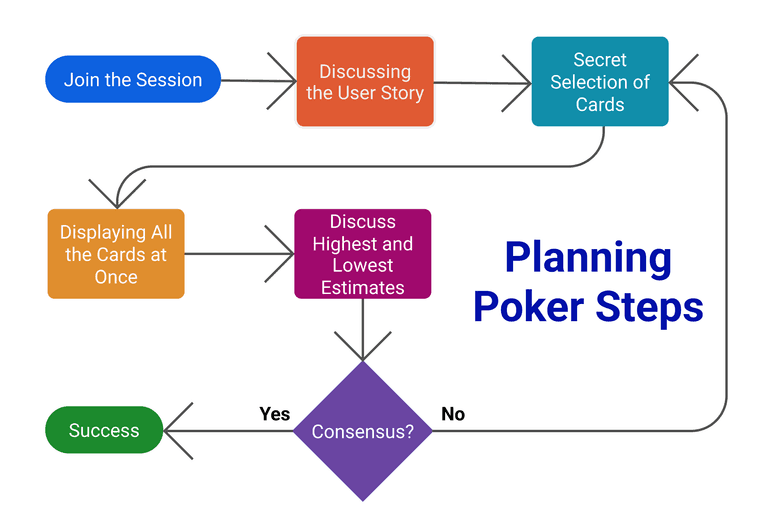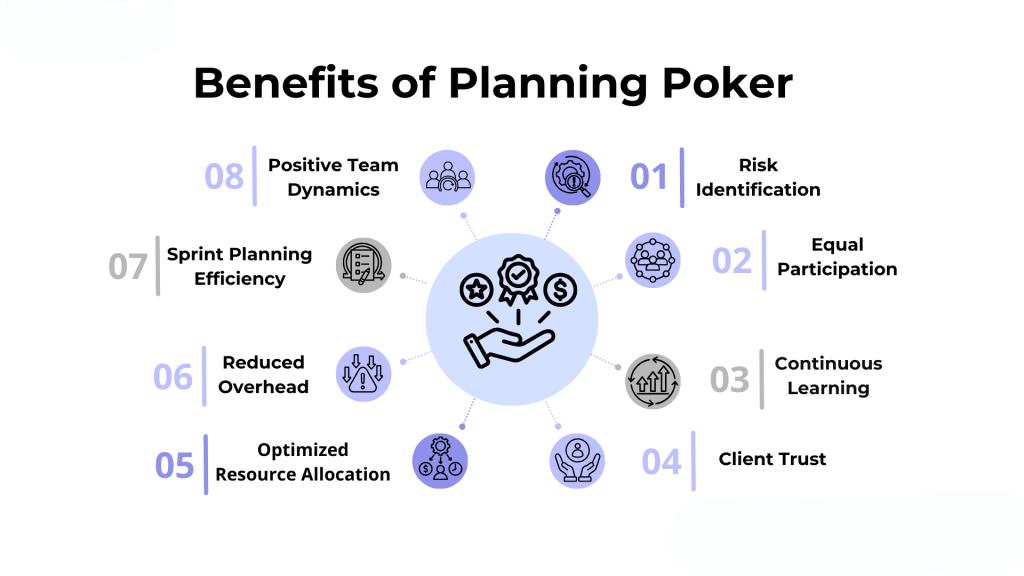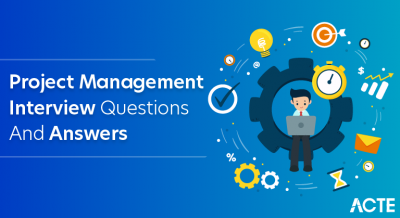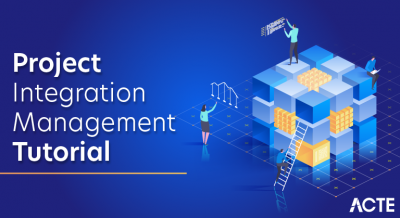
- Introduction to Business Planning
- Importance of a Business Plan
- Key Components of a Business Plan
- Executive Summary
- Market Analysis and Research
- Business Goals and Objectives
- Product or Service Description
- Marketing and Sales Strategies
- Financial Projections
- Funding Requirements
- Risk Assessment and Mitigation
- Tips for Writing an Effective Plan
Introduction to Planning Poker
Planning Poker is a collaborative estimation technique widely used in Agile software development. It allows teams to estimate the effort, complexity, or size of user stories or tasks through consensus-based decision-making. Inspired by the traditional poker game, Planning Poker uses a card-based system where each team member independently selects an estimate, revealing all cards simultaneously. This approach promotes unbiased estimation by preventing individuals from influencing each other’s choices. Fostering open discussions helps teams reach more accurate and realistic estimations. Planning Poker is particularly effective for backlog grooming, sprint planning, and project forecasting, making it a staple in Agile practices. Learn more through our PMP Training.
History and Origin
Planning Poker was introduced in 2002 by James Grenning as part of the Extreme Programming (XP) methodology. However, it gained widespread popularity when Agile expert Mike Cohn incorporated it into Scrum and described it in his book “Agile Estimating and Planning.” The concept originated from traditional Poker, where players use hidden cards to make strategic decisions. Similarly, in Planning Poker, team members select cards representing their estimates, which are revealed simultaneously to avoid bias. Since its inception, Planning Poker has become a widely adopted technique, helping Agile teams improve the accuracy and reliability of their estimations. It is now a standard practice in many organizations aiming to enhance their project management efficiency.
Purpose of Planning PokerThe primary purpose of Planning Poker is to promote accurate and unbiased effort estimation through team collaboration. Involving all team members in the estimation process ensures that different perspectives are considered, leading to well-rounded estimates. The method reduces the influence of dominant individuals or cognitive biases, resulting in fair and realistic task assessments. Planning Poker also promotes better backlog grooming, encouraging discussions around user stories and clarifying requirements before development begins. Furthermore, the technique helps teams allocate appropriate effort, reducing the risk of over-commitment or underestimation, ultimately improving sprint planning and delivery predictability. For a deeper understanding, explore our PMP & Tutorial resources designed to enhance your project estimation skills.
Become a Project Management expert by enrolling in this PMP Training Online Course today.
How Planning Poker Works
A Planning Poker session typically follows a structured process. First, the Product Owner presents a user story or task to the team, providing relevant details such as requirements, acceptance criteria, and business value. The team then discusses the story to clarify any ambiguities. Next, each participant selects a card representing their required effort estimate. The card values follow the Fibonacci sequence (1, 2, 3, 5, 8, 13, 21, etc.) or a modified scale. All cards are revealed simultaneously to prevent influence from others’ choices. If there is a significant variance in estimates, team members discuss their reasoning, and the process is repeated until a consensus is reached. This iterative approach ensures that estimates are refined and realistic.
Advance your Project Management career by joining this PMP Training Online Course now.
Roles in Planning Poker
Planning Poker involves several key roles, each contributing to the estimation process:
- Product Owner: The Product Owner introduces the user stories, explains the requirements, and answers any questions from the team. Their role is to provide context and clarify expectations.
- Scrum Master or Facilitator: The Scrum Master organizes the session, ensures the process runs smoothly, and encourages equal participation from all team members. They also facilitate discussions when there are discrepancies in estimates.
- Development Team: Developers, testers, and other technical team members participate by selecting cards based on their understanding of the effort required. Their input is crucial for generating realistic estimates and aligns with principles outlined in the Project Management Triangle , which emphasizes balancing scope, time, and cost in project planning.
- Stakeholders (Optional): Stakeholders or business representatives sometimes join the session to offer additional context or clarify business goals. However, they do not participate in the estimation process.

Estimation Techniques Used in Planning Poker
Planning Poker uses several estimation techniques to quantify effort:
- Fibonacci Sequence: The most common scale in Planning Poker is the Fibonacci sequence, where the values increase exponentially. This accounts for the growing uncertainty in estimating larger tasks.
- Modified Fibonacci Scale: Some teams use a modified sequence with additional values (0.5, 1, 2, 3, 5, 8, 13, 20, 40, 100) to represent a broader range of estimates.
- T-Shirt Sizes: In some cases, teams use T-shirt sizes (XS, S, M, L, XL) to estimate tasks quickly without precise numbers.
- Relative Sizing: This technique compares new stories to previously estimated ones, promoting consistency across estimates.
- Affinity Estimation: Teams group similar stories based on effort similarity before assigning specific values.
Benefits of Planning Poker
Planning Poker offers several advantages that improve the accuracy and efficiency of project estimation:
- Enhanced Collaboration: It promotes active participation from all team members, leading to better-informed and balanced estimates while helping to minimize biases such as the Halo Effect, where one individual’s influence can skew group judgment.
- Reduced Bias: Simultaneous card reveals prevent anchoring bias, ensuring independent and unbiased estimates.
- Improved Accuracy: The team refines estimates through iterative discussions, resulting in more realistic and reliable assessments.
- Better Sprint Planning: Accurate estimations lead to improved sprint planning, reducing the risk of over- or under-commitment.
- Knowledge Sharing: Discussions during the estimation process help align the team’s understanding of requirements.
- Increased Transparency: The process creates a transparent and consistent estimation framework, promoting accountability.

Common Challenges and Solutions
While Planning Poker is effective, teams may face particular challenges:
- Varying Expertise Levels: Team members with different skill levels may provide inconsistent estimates. One effective way to address this is through open discussions, knowledge sharing, and structured learning such as PMP Training, which helps align understanding and improve estimation accuracy across the team.
- Groupthink: Individuals may conform to majority opinions, leading to inaccurate estimates. Solution: Emphasize independent estimation before discussion.
- Time-Consuming Sessions: Estimating a large backlog can be time-intensive. Solution: Time-box estimation discussions and focus on high-priority tasks.
- Unclear Requirements: Ambiguous user stories can lead to inaccurate estimates. Solution: Ensure well-defined requirements and acceptance criteria before estimation.
Are you getting ready for your PMP interview? Check out our blog on PMP Interview Questions and Answers!
Best Practices for Effective Poker Sessions
To maximize the effectiveness of Planning Poker, teams should follow best practices:
- Prepare Clear User Stories: Ensure all stories have precise requirements and acceptance criteria before estimating.
- Time-Box the Session: Limit the duration of estimation discussions to prevent over-analyzing.
- Encourage Active Participation: Ensure all team members share their estimates to promote diverse perspectives.
- Use Consistent Estimation Scales: Stick to a standard scale (e.g., Fibonacci) to maintain consistency.
- Document Estimates: Record previous estimates for future reference and benchmarking.
Tools for Digital Planning Poker
With the rise of remote teams, several digital tools facilitate Planning Poker sessions:
- PlanningPoker.com: A popular online tool that allows teams to create virtual estimation sessions.
- Scrumpoker Online: Enables real-time estimation with a user-friendly interface.
- Agile Poker for Jira: Integrated with Jira, making it convenient for teams using the Jira platform.
- Poker Planner: A mobile-friendly tool ideal for distributed teams.
- PointingPoker: Provides an intuitive interface with real-time collaboration features.
- Software Development Firm: A development team reduced estimation errors by 35% by implementing Planning Poker, resulting in better sprint planning and delivery, which aligns with concepts like The Rule of Seven, where limiting the number of items discussed leads to better decision-making.
- Fintech Startup: Using Planning Poker, the company improved its backlog grooming process, reducing over-commitment in sprints.
- Large Enterprise: An enterprise-level organization applied Planning Poker to estimate cross-functional projects, leading to better coordination and predictable delivery timelines.
- Break Down Large Tasks: Divide complex stories into smaller, manageable units for better accuracy.
- Use Historical Data: Reference previous estimates to improve the consistency of new ones.
- Encourage Justification: Ask team members to explain their estimates, promoting meaningful discussions.
- Consider External Factors: Account for dependencies, technical risks, and uncertainties when estimating.
- Reassess Estimates Regularly: Review and update forecasts as the project progresses.
Real-World Examples of Planning Poker
Many organizations have successfully adopted Planning Poker to improve their estimation accuracy:
Tips for Accurate Estimation
To achieve precise estimates, teams should apply the following tips:
Future of Planning Poker
TThe future of Planning Poker lies in its continued integration with digital tools and AI-powered platforms. AI-driven estimation models could complement Planning Poker by providing data-driven baseline estimates. Augmented reality (AR) and virtual reality (VR) technologies may enhance remote collaboration, making sessions more interactive. Additionally, predictive analytics and machine learning algorithms could offer smarter estimation suggestions, improving accuracy. Planning Poker will remain vital for promoting accurate, collaborative, and efficient project estimation as Agile methodologies evolve.
Planning Poker is a powerful and collaborative estimation technique that promotes accuracy, transparency, and strong team alignment. Incorporating best practices from PMP Training, along with the use of digital tools and open communication, can help teams make more reliable estimates and deliver projects more effectively.





